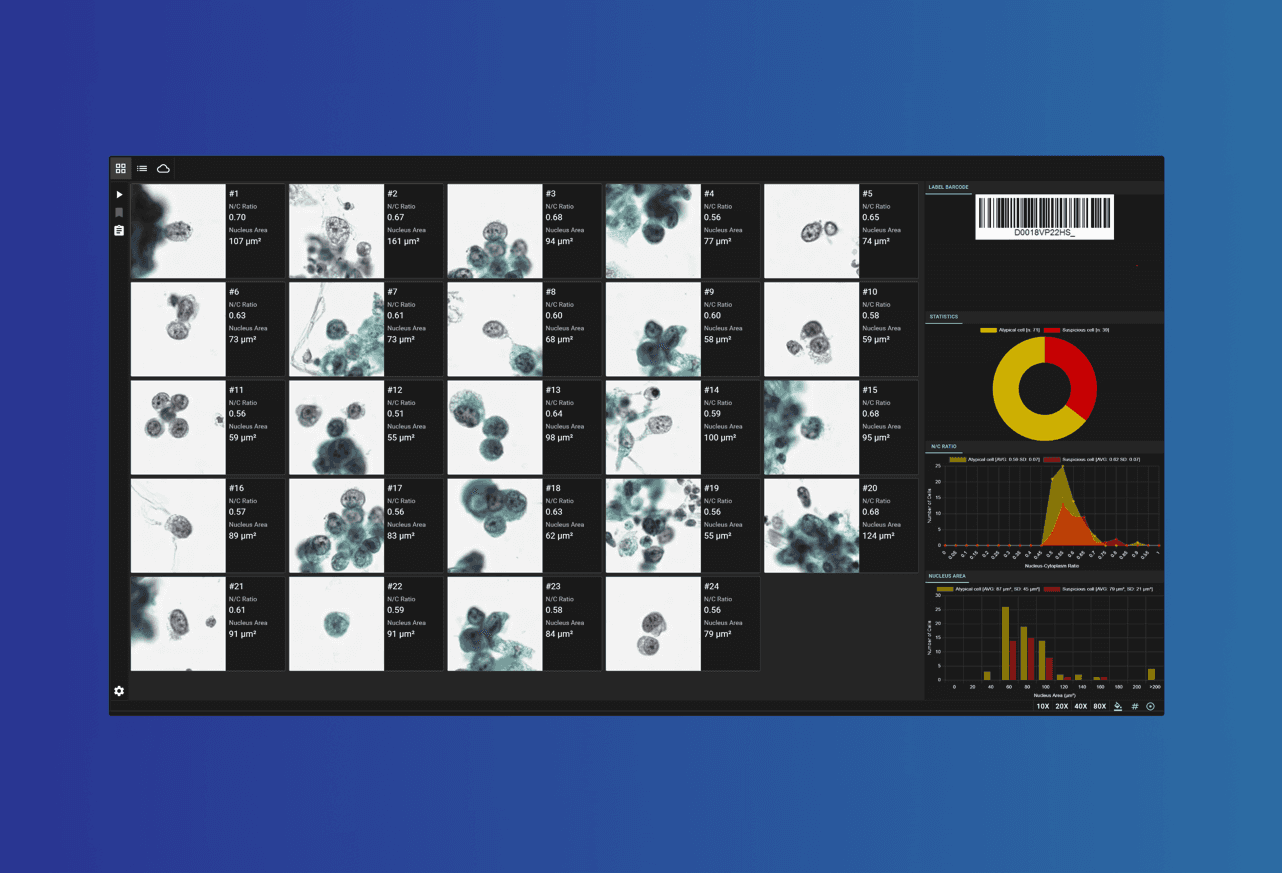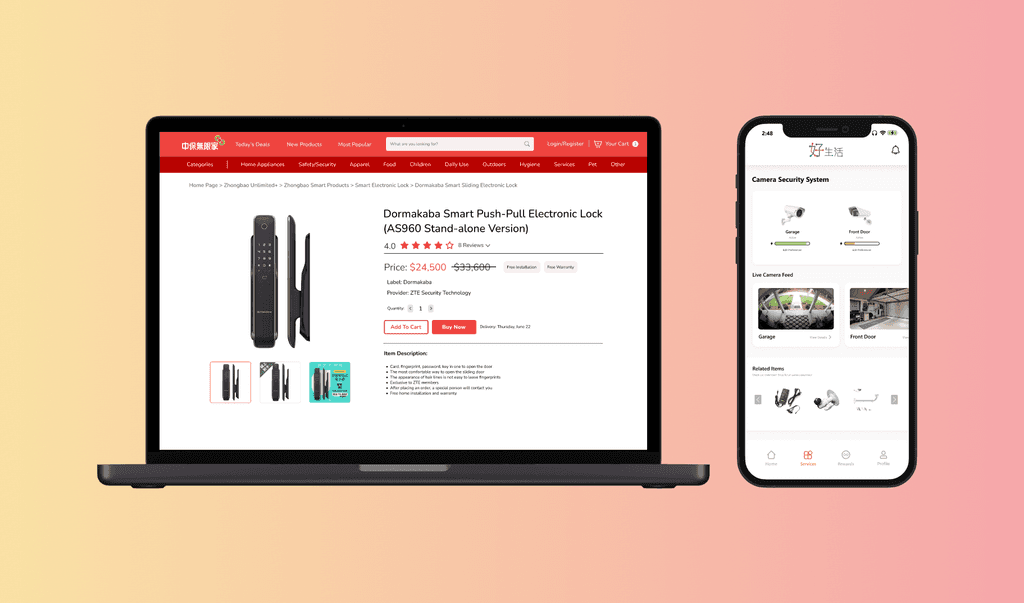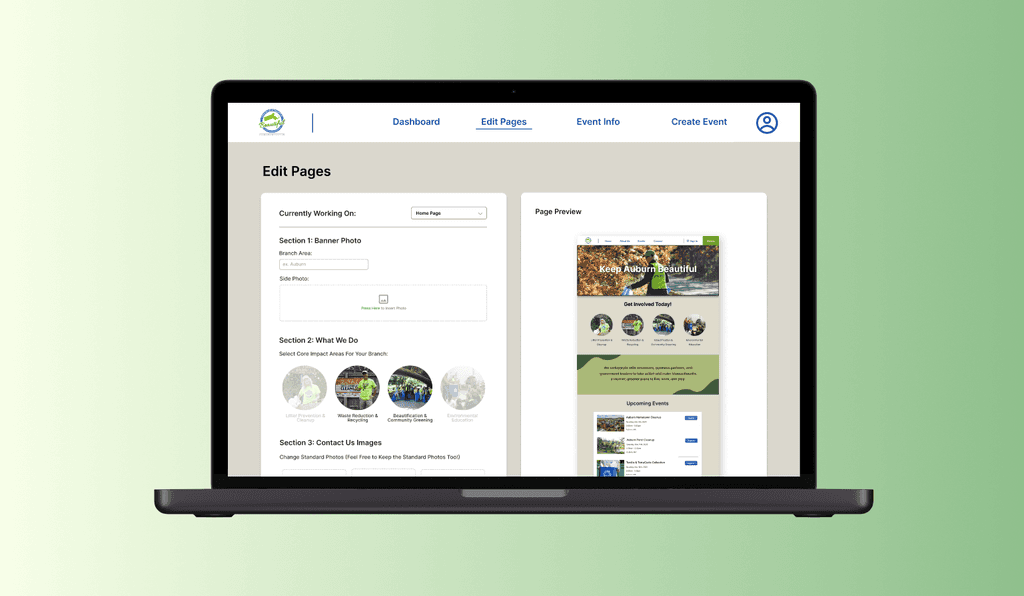Optimizing Cytopathology Workflow to Reduce Screening Time
MY ROLE
Product Designer
COMPANY
AIxMed
PROJECT DURATION
Oct 2024 - Feb 2025
TOOLS
Figma
PROCESS/SKILLS USED
Visual Design
User Research
Competitive Analysis
UI Analysis
Journey Mapping
Lo-Fi/Hi-Fi Prototyping
Quick Note: Due to an NDA, some details in the project will be blurred/omitted. Feel free to reach out to me if you are interested in hearing more about my work at AIxMed!
OVERVIEW
AIxMed is a biotechnology company that utilizes AI to provide digital tools for cytology professionals to efficiently view, analyze, and diagnose cancer in patient cell samples. I made design improvements to AIxMed’s cytology visualization platform, making the consumer-facing software present the best tools to assist cytologists and pathologists in making cancer diagnostic decisions quickly and accurately.

THE PRODUCT: AIxURO
Traditional cytology diagnosis process used to require physical microscope examination of dozens to hundreds of cells to locate and diagnose diseases, a time-consuming and labor-intensive process. With AIxMed's AI-driven cytology software, suspicious cells are rapidly identified through algorithmic analysis of digitally scanned cell samples, enabling cytologists and pathologists to focus on cells of interest. This approach significantly reduces the time needed for diagnosis, enhancing both accuracy and speed in detecting cancerous cells.

With advanced imaging and automaton, digital cytology providers quicker analysis and easier data sharing methods, allowing healthcare professionals to save time during the diagnostic process.
The Challenge
While AIxURO serves as a functional diagnostic platform, the cytology visualization tool creates both major and minor pain points where pathologists had to shift their attention away from cell analysis due to software limitations. Medical professionals need an interface that complements their expertise rather than requiring them to shape their workflow to the software. Therefore, I heavily centered my redesign process on creating a simple yet powerful interface that works alongside the cytologists and pathologist rather than demanding the users to adapt to the software.
Platform of Focus: AIxURO’s Cytology Viewer
AIxURO Cytology Viewer serves as the primary consumer-facing software that cytologists and pathologists use to conduct their cytological analysis and diagnosis. This software allows users to examine and analyze individual cell samples, view graphs of overall cell data, and submit decision regarding bladder cancer findings.

Design Objective
My goal was to craft an experience that felt like a natural assistant for the cytology diagnostic workflow, allowing pathologists to focus their effort in interpreting rather than navigating the diagnostic data. By refining interface features and improving usability, the redesign will eliminate unnecessary friction, helping medical professionals work more efficiently and confidently.
Research Process
I am unable to share specific details of the research process, but I can briefly highlight the key steps involved in the research process:
Competitive Analysis
I examined patterns across similar cytology visualization platforms to understand how key interface elements and essential tools contribute to cytology work, ensuring a efficient experience for cytology professionals using the software.
Diagnostic Workflow Mapping
I created a journey map that a typical cytologist or pathologist would follow when examining and diagnosing suspicious or atypical cells, identifying moments where the Cytology Viewer interface created confusing or unnecessary steps.
Design Exploration
I brainstormed solutions that addresses current weaknesses of cytology diagnostic processes, as well as pain points specific to our Cytology Viewer software. This includes addressing navigation clarity, and diagnostic annotation needs and improved onboarding experiences.
Key Design Improvements
Clarifying Navigation: Improving Iconography
Intuitive Navigation Iconography - Replaced ambiguous and confusing icons that only serve to make it harder for cytologists and pathologists to transition from traditional to digital cytology.

Enhancing Diagnostic Workflow: Bookmarks, Annotations, Filters
Contextual Bookmarking System - Changed the single-color bookmarking into a hover-activated color selection system, providing pathologists and cytologists with a more complex bookmarking system of cell characteristics.
Persistent Cell Annotations - Introduced annotation capabilities that allow for more complex descriptions to be noted down about certain cells, which will fade into the background when not in focus to preserve visual clarity.
Saved Filter States - Developed a system allowing pathologists to preserve complex filter combinations, reducing the extra steps needed to recreate specific viewing parameters for similar diagnostic scenarios.

Accelerating User Adoption: Onboarding
Brand New Onboarding Experience - Built a guided onboarding to key features that explains the software to users that are less familiar with digital cytology platforms.

Future Considerations
Expanded Data Visualization
I identified opportunities for new visualization methods beyond current N/C ratio and nucleus area graphs to uncover additional diagnostic insights.
Pattern Recognition Enhancement
I proposed a "Show Similar Cells" feature that would leverage AI to identify visually related cells with comparable characteristics, supporting pattern recognition across the sample.
Users can click the top left of a dashboard view of a cell image to view similar cells (same classification, similar n/c ratio, etc.), which will speed up the diagnostic process by highlighting patterns between unusual cells.

Key Learnings
The most important lesson I learned from this project was how just how deeply design and data are intertwined. Design must purposefully present all its elements, including data, in the most effective way to support the product. In healthcare, the presentation and clarity of medical data can directly impact patient well-being. As a designer of medical software, I need to be careful with presenting data, making sure it is not only accessible but also intuitive and easy to interpret. Good designed data will empower professionals to make informed decisions and minimize confusion in order to improve patient outcomes.
Throughout my work with AI and specialized medical diagnostics, I have become even more convinced that artificial intelligence will play a pivotal role in the future of technology, particularly in medicine. The success of AIxMed lies in creating software tools that respected the expertise of pathologists while eliminating the tedious aspects of their diagnostic workflow. This optimization allows medical professionals to use their knowledge in more efficient ways and focus on doing their best work. As AI continues to advance, it is crucial to recognize the importance of designing tools that enhance human expert judgment, rather than trying to replace them with automation.
Details Blurred/Omitted For Confidentiality - Don't Hesitate to Reach Out!
Due to the NDA agreement signed with AIxMed and patient confidentiality related to the cell data involved in the cytology software designs, certain aspects of this case study have been blurred or omitted. If you're interested in learning more about my work at AIxMed, please feel free to reach out – I'd be happy to share further insights or just chat about med-tech and bio-tech!
CHECK OUT MY OTHER WORK

